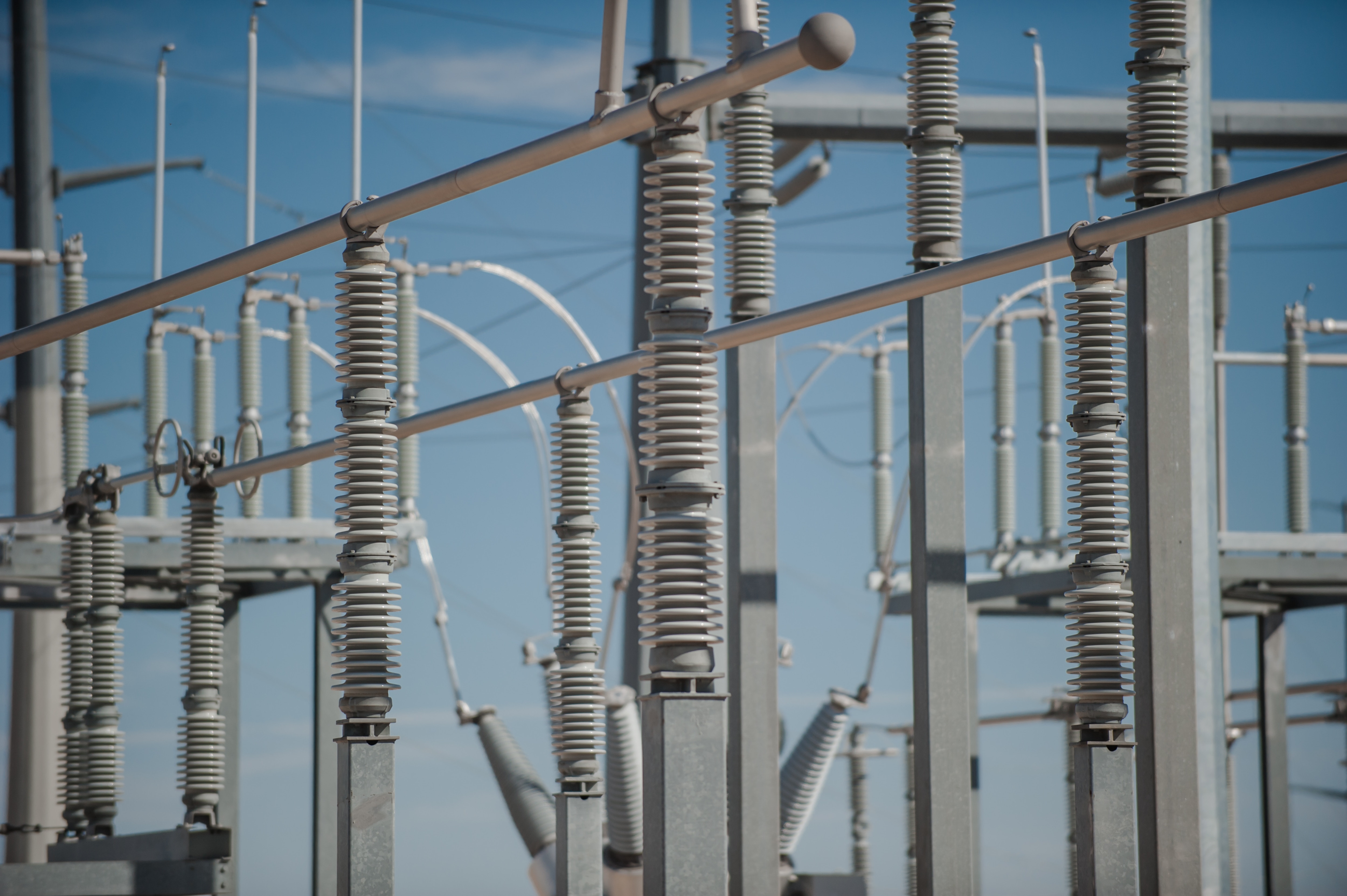Yet another nor’easter, hurricane, tornado, or other kind of severe weather hits your town and the power goes out – and stays out for hours or even days.
One of the reasons power outages last so long is shortcomings in our technical infrastructure which relies on distributed energy resources (DERs). DERs cannot ride out sustained grid failures and so consumers experience extended blackouts.
But a better technology exists. Smart programmable microgrids (SPMs) have demonstrated that they have much more electric resiliency than DERs. SPMs were used during Hurricane Harvey to keep power running for vital services in Houston.
Unfortunately, it’s not an easy process to switch systems that rely on DERs to SPMs. Since the existing hardware is designed for DERs, changing the hardware would be an incredibly difficult and costly task. But a researcher in the Eversource Energy Center at the University of Connecticut has received funding to develop a way to make this transition much easier.
Professor Peng Zhang from UConn’s Department of Electrical and Computer Engineering has received $800,000 from the National Science Foundation through its highly competitive Smart and Connected Communities program. Zhang will work on creating a software network that can transition DERs to SPMs without the need to alter the hardware.
“This project will provide groundbreaking, replicable technologies to modernize America’s energy infrastructure in a cost efficient manner,” Zhang says.
SPMs are scaled versions of regular power grids but that serve much smaller communities. SPMs can integrate renewable resources available in a given community into their power grid, and they allow communities to take advantage of local sources of renewable energy that would not be sufficient to power a larger DER grid.
Because power is produced and stored locally, it can be distributed to critical service centers in the event of a disaster and is more energy efficient.
This technology could lead to more autonomous and flexible energy networks that require less repair and upkeep. Due to the security features in Zhang’s SPM software, the grids would be less vulnerable to cyber attacks.
The software platform will be piloted in Milford, CT where segments of the population suffer from high electricity costs, low energy reliability, and poor resilience performance of their electrical grids – all of which are problems that can be helped by SPMs.
Zhang received his Ph.D. in electrical engineering from the University of British Columbia, Vancouver. His current research interests include microgrids and networked microgrids, power system stability and control, networked systems, and cyber-physical security.



